Visit Qeswachaka in Cusco, a unique cultural heritage site where tradition and history meet over the Apurímac River.”A tradition that defies time. In the heart of Cusco, over the Apurímac River, stretches a suspension bridge made entirely of plant fiber: q’oya, a type of ichu (Andean thatch). Its name comes from Quechua:
-Qeswa = braid 🌿
-Chaka = bridge 🌉
The amazing thing is that this bridge is not an archaeological relic frozen in time, but a living tradition. Every year, four Quechua communities—Huinchiri, Chaupibanda, Choccayhua, and Ccollana Quehue—gather to rebuild it in a ritual that unites strength, faith, and ancestral heritage.

📜 History: The Inca Road Network
At the height of the Tahuantinsuyu period, the Incas built more than 40,000 km of roads (the Qhapaq Ñan). To connect mountains and valleys divided by deep rivers, they created rope bridges like the Q’eswachaka.
These bridges were not only functional for the transport of people and goods, but also symbols of unity, as each community had to work together to maintain them. They reflected the ayni (Andean principle of reciprocity): working together for the common good.
Today, the Qeswachaka is the only Inca bridge of its kind that continues to be reconstructed in the traditional way, just as it was more than 600 years ago.
🐂 The Reconstruction Ritual
Every second Sunday in June, communities begin the process:
Selection and harvesting of the q’oya: men and women gather the straw and braid it into long, strong ropes.
Weaving the Main Ropes: older men, guided by a chakaruwak (bridge master), braid the thick ropes that will support the structure.
Community Work: While some stretch the ropes over the river, others reinforce the railings and sides.
Final Celebration: The reconstruction lasts three days and culminates with music, dance, and offerings to Pachamama.
The magical thing is that the old bridge is cut and dropped into the river, while the new one is ready for another year of life.

🌄 The Experience of Crossing It
-Walking on the Qeswachaka is a test of courage.
-The ropes creak underfoot.
-The Apurímac River roars at a depth of more than 30 meters.
-The wind blows hard, as if trying to shake you.
But with each step, you feel the strength of centuries of history sustaining you. It’s like traveling back in time, touching with your hands the wisdom of the Incas and the perseverance of their heirs.
🎭 Myth and Symbolis
-It is said that the bridge not only unites shores, but also worlds:
-The Hanan Pacha (upper world, of the gods).
-The Kay Pacha (world of men).
-The Uku Pacha (underground world, of the ancestors).
Crossing the bridge, then, is also a spiritual act, a symbolic passage that recalls the connection between the human, the natural, and the divine.

🎒 Tips for experiencing Qeswachaka
-Go in June if you want to witness the ritual reconstruction: it’s a unique experience, recognized by UNESCO as Intangible Cultural Heritage of Humanity.
-Walk calmly, hold on to the ropes on each side, and trust: the bridge is stronger than it looks.
-Talk to the community members: they are the true guardians of this legacy.
-Bring coca and fruit to share: the locals always appreciate a gesture of reciprocity.
🌟 Why is Qeswachaka unique in the world?
Because it’s not just a bridge, it’s an act of cultural resistance. In a world where everything is replaced by iron and cement, this straw bridge demonstrates that tradition can be stronger than time.
Q’eswachaka is not visited solely as a tourist attraction: it is experienced as a living heritage, a reminder that the Incas have not disappeared, but continue to breathe in the hands that weave their legacy each year.
👉 Now the question is for you:
-Would you dare to cross this straw suspension bridge?
-Would you rather watch it being rebuilt from the shores, feeling the community energy?
-Or would you stay until the final celebration, dancing and celebrating with the community members?




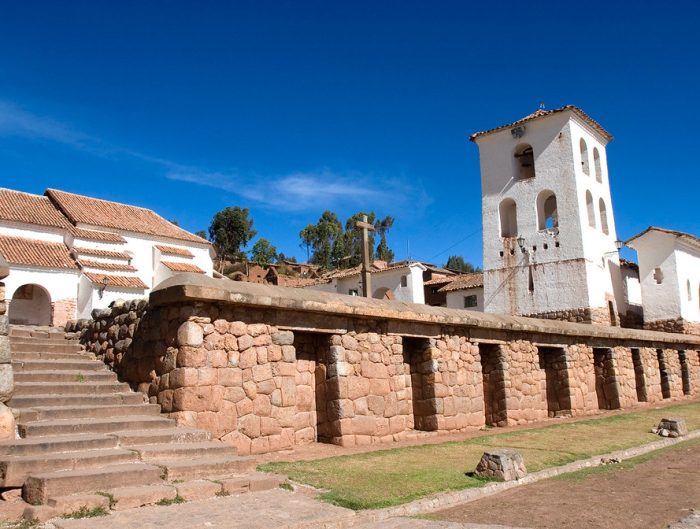
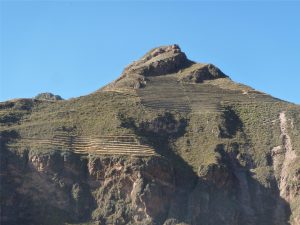
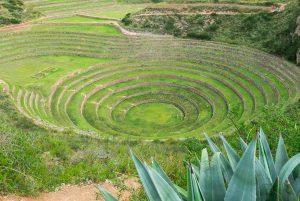
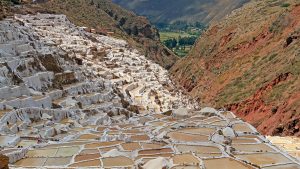


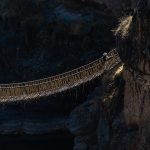
Leave A Reply